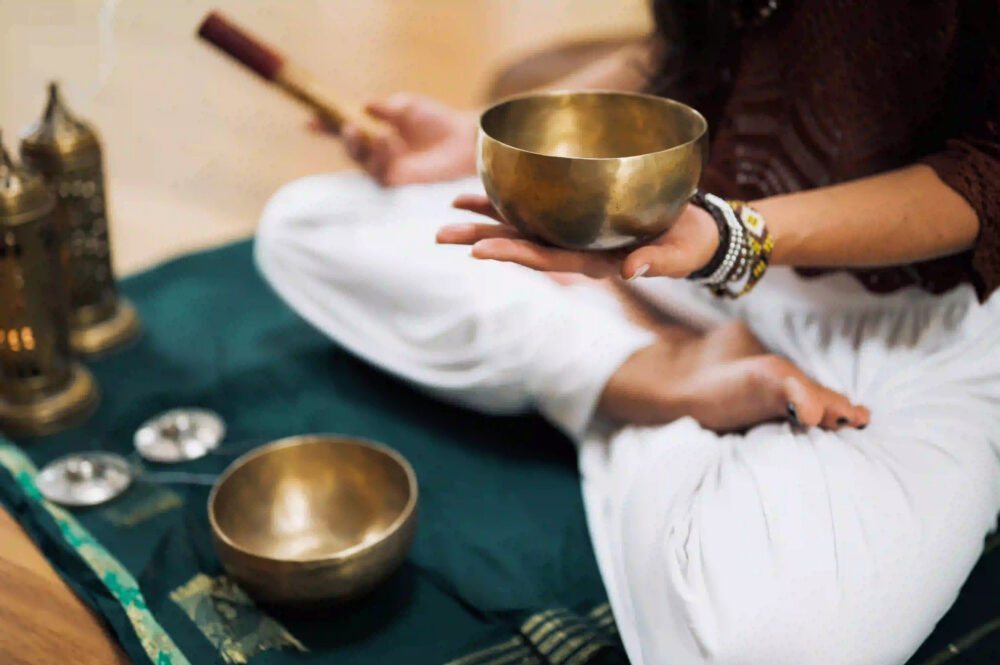The use of sacred plants in shamanic practices has a rich and diverse history, deeply intertwined with spiritual and healing traditions across cultures. These plants, often referred to as entheogens, have played a pivotal role in facilitating the shamanic journey, a profound and transformative experience that allows individuals to explore altered states of consciousness and connect with the spiritual realm.
Understanding the Shamanic Journey
The shamanic journey is a practice deeply rooted in indigenous cultures, where shamans or spiritual guides use various techniques, including the consumption of sacred plants, to enter trance-like states and commune with the spirit world. This journey is not merely a physical or psychological experience but is believed to be a spiritual quest that offers insight, healing, and guidance.
The Role of Sacred Plants
Sacred plants such as ayahuasca, peyote, psilocybin mushrooms, and iboga have been revered for their ability to induce altered states of consciousness, leading participants on a profound inward journey. These plants contain psychoactive compounds that are thought to open the mind to spiritual realms and facilitate communication with otherworldly entities.
Ayahuasca
Ayahuasca, a plant-based brew from the Amazon rainforest, has gained global attention for its role in shamanic ceremonies. The brew, made from the Banisteriopsis caapi vine and Psychotria viridis leaves, contains the powerful psychoactive compound DMT. When ingested, ayahuasca is believed to offer deep introspection, emotional healing, and spiritual awakening.
Peyote
Peyote, a small cactus native to Mexico and the southwestern United States, has been used for centuries in indigenous rituals. The cactus contains mescaline, a psychoactive alkaloid that induces profound visions and spiritual experiences. For many indigenous peoples, peyote is considered a sacred sacrament that allows individuals to connect with the divine and gain wisdom.
Psilocybin Mushrooms
Psilocybin mushrooms, commonly known as magic mushrooms, have a long history of ceremonial and spiritual use. These fungi contain psilocybin and psilocin, which can lead to mystical experiences, deep introspection, and a sense of interconnectedness with the natural world. In shamanic contexts, psilocybin mushrooms are revered for their potential to facilitate spiritual growth and self-discovery.
Iboga
Iboga, a perennial rainforest shrub native to West Africa, is used in the Bwiti religion for spiritual initiation and healing ceremonies. The plant contains the psychoactive alkaloid ibogaine, which is believed to induce profound visionary experiences and aid in the exploration of one’s inner landscape. Iboga ceremonies are revered for their potential to bring about deep personal insights and spiritual transformation.
The Healing and Spiritual Potential
The use of sacred plants in shamanic practices is often associated with healing, both on a physical and psychological level. Many individuals who partake in these rituals report profound healing experiences, including the resolution of past traumas, the alleviation of anxiety and depression, and a greater sense of purpose and interconnectedness.
Ethical Considerations
While the exploration of the shamanic journey and the use of sacred plants can be deeply transformative, it is essential to approach these practices with respect, reverence, and ethical considerations. Indigenous cultures have long held these plants as sacred, and their use should be approached with cultural sensitivity and mindfulness of the potential for exploitation.
Conclusion
The role of sacred plants in the shamanic journey is a complex and profound subject that continues to captivate the interest of spiritual seekers, healers, and researchers. As we navigate the intersection of ancient traditions and modern exploration, it is crucial to approach these practices with reverence, respect, and a deep understanding of their cultural and spiritual significance. The shamanic journey, facilitated by sacred plants, offers a unique opportunity for self-discovery, healing, and spiritual growth, inviting individuals to embark on a transformative quest into the depths of consciousness and the mysteries of existence.
